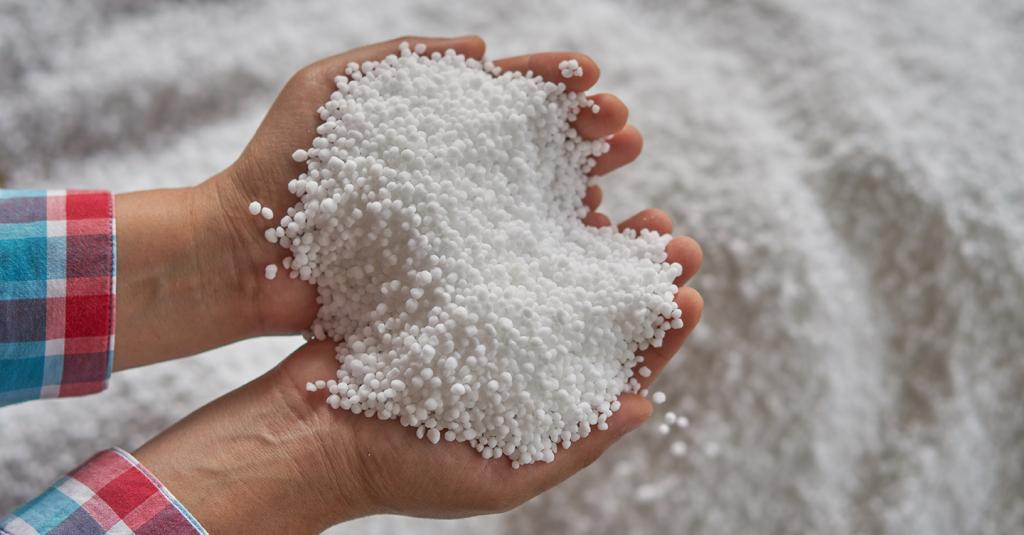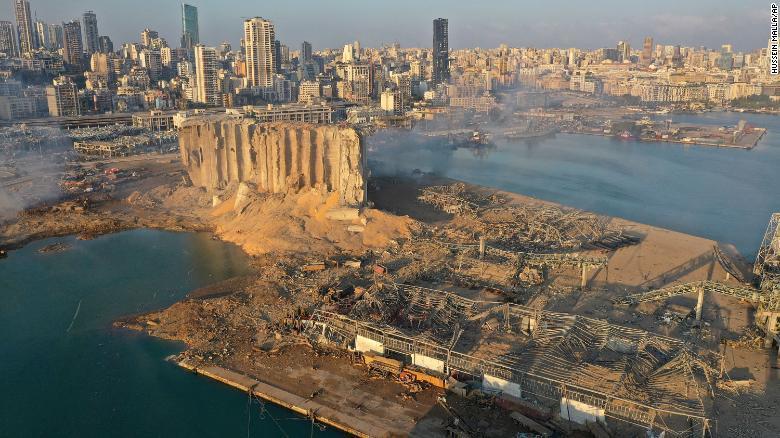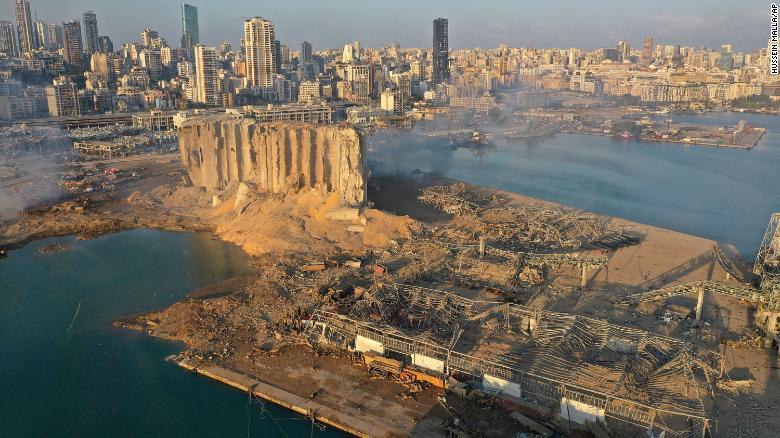The Chemical Compound That Wiped Beirut
“Beirut was declared a “disaster city” by authorities on Wednesday, in the wake of a huge explosion in the port of the Lebanese capital that left at least 135 people dead and 5,000 injured. The number of deaths is expected to climb amid ongoing search and rescue efforts. (…)
A warehouse storing thousands of tons of an unsecured and volatile chemical compound has emerged as a possible source of the blast. It’s still not exactly clear what led to the ignition that wiped out entire streets, but questions swirled Wednesday over whether the authorities had failed to act on warning signs.”
CNN – Ammonium nitrate stored in a warehouse linked to catastrophic Beirut explosion
August 6, 2020
The above mentioned “chemical compound” is ammonium nitrate. Let’s look a bit further into this compound that is, allegedly and so far, the cause of this unfortunate event, that has claimed over 100 lives.
Commercial Use, Risks & Characteristics
Ammonium nitrate is commonly used as a fertiliser and to produce explosives for mining industry. It is an odourless material, which is usually granulated (if a fertiliser), and white in appearance. Because of ammonium nitrate’s high volume of nitrogen, it is great for nitrate fertilizer.

Ammonium nitrate is stable in solid, molten or in solution. It is a strong oxidizer and can react violently with other incompatible materials, so it is utterly important to store and handle it correctly.
It can, however, become less resistant to detonation/initiation due to the presence of contaminants, or on exposure to high temperatures (e.g. fire or radiant heat). Even though ammonium nitrate does not burn, the compound will support and increase the rate of combustion in the presence of flammable or combustible materials, even in the absence of oxygen.
Exposure to contaminants, like chlorides and metals, such as chromium, copper, cobalt, and nickel, or decrease in pH can cause that ammonium nitrate becomes less stable and at greater risk of detonation. Once it becomes molten, the risk of an explosion increases. This risk increases dramatically if the pH of molten ammonium nitrate falls, or if it comes into contact with oxidizable material, for instance, organic substances such as oil, diesel, paper, rag, or straw.
Ammonium nitrate may explode due to exposure to strong shocks (e.g. from shock waves of nearby explosions), to exposure to high temperatures under confinement, or a smaller detonation can also trigger an explosion in larger quantities stored nearby.
When heated, ammonium nitrate will melt, decompose and release toxic gases including nitrogen oxides (NOx) and ammonia gas (NH3). If this heating is excessive, it can cause an explosion in an enclosed space and closed containers, like it happened in Beirut harbour on the 4th of August 2020.
Awareness & Preparedness
Prevention of this kind of disaster plays an important role to avoid or mitigate casualties and financial losses.
Storage of pure ammonium nitrate is commonly strictly controlled and guided by competent authorities. When there is handle of this kind of substances (manufactured and “home-made” explosives), the detection and identification of explosives has constituted an emerging and important topic of interest, due to their relevant role in security against posed chemical and explosive threats.
As it is commonly known, nothing beats the K9 nose for detecting explosives. Explosives do not create vapours and smells like “normal chemicals”, so these are more complicated to detect from distance, or using handheld devices without touching the possible explosive material.
Early-warning type of chemical detectors may “see” the volatile vapours from potential explosives, and indicate the rising concentration of unknown chemicals present in the air, informing the operator of a detected chemical.
In this ammonium nitrate case, the operator may detect nitrogen oxides (NO2) and ammonia gas (NH3) and classify these. The skilled operator understands that these substances mentioned above may be associated with explosives, and stage before an ammonium nitrate explosion.
The operator must use common sense, visually inspect the location, and use different types of tools combined, to find and confirm potential explosives, and to timely start response actions.
Learn more on


Leave a Reply